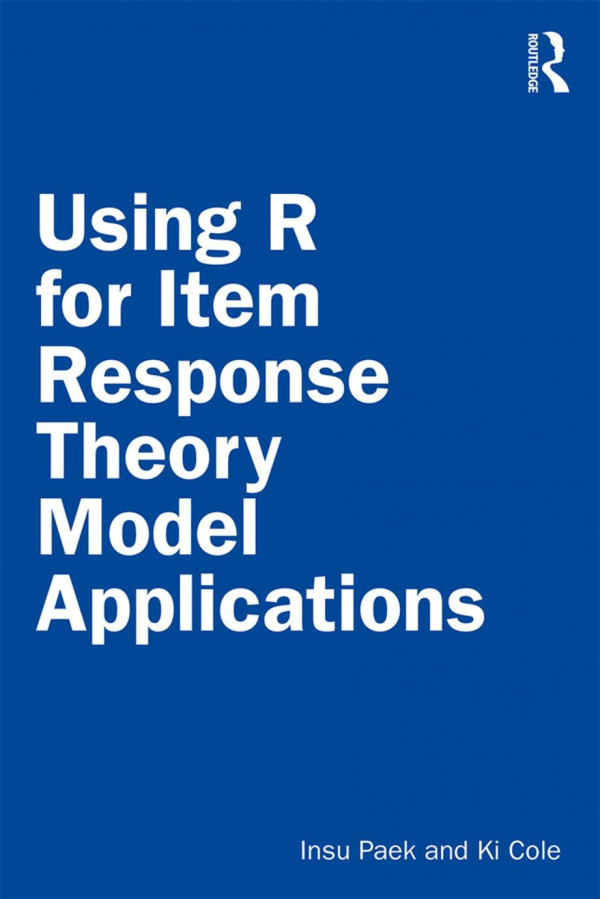

Most ebook files are in PDF format, so you can easily read them using various software such as Foxit Reader or directly on the Google Chrome browser.
Some ebook files are released by publishers in other formats such as .awz, .mobi, .epub, .fb2, etc. You may need to install specific software to read these formats on mobile/PC, such as Calibre.
Please read the tutorial at this link. https://ebooknice.com/page/post?id=faq
We offer FREE conversion to the popular formats you request; however, this may take some time. Therefore, right after payment, please email us, and we will try to provide the service as quickly as possible.
For some exceptional file formats or broken links (if any), please refrain from opening any disputes. Instead, email us first, and we will try to assist within a maximum of 6 hours.
EbookNice Team

Status:
Available0.0
0 reviews
ISBN 10: 1138542792
ISBN 13: 978-1138542792
Author: Insu Paek, Ki Cole
Item response theory (IRT) is widely used in education and psychology and is expanding its applications to other social science areas, medical research, and business as well. Using R for Item Response Theory Model Applications is a practical guide for students, instructors, practitioners, and applied researchers who want to learn how to properly use R IRT packages to perform IRT model calibrations with their own data.
This book provides practical line-by-line descriptions of how to use R IRT packages for various IRT models. The scope and coverage of the modeling in the book covers almost all models used in practice and in popular research, including:
dichotomous response modeling
polytomous response modeling
mixed format data modeling
concurrent multiple group modeling
fixed item parameter calibration
modelling with latent regression to include person-level covariate(s)
simple structure, or between-item, multidimensional modeling
cross-loading, or within-item, multidimensional modeling
high-dimensional modeling
bifactor modeling
testlet modeling
two-tier modeling
For beginners, this book provides a straightforward guide to learn how to use R for IRT applications. For more intermediate learners of IRT or users of R, this book will serve as a great time-saving tool for learning how to create the proper syntax, fit the various models, evaluate the models, and interpret the output using popular R IRT packages.
1. Introduction
2. Unidimensional IRT with Dichotomous Item Responses
3. Unidimensional IRT with Polytomous Item Responses
4. Unidimensional IRT for Other Applications
5. Multidimensional IRT for Simple Structure
6. Multidimensional IRT for Bifactor Structure
7. Limitations and Caveat
using r for item response
using r for item response theory model applications pdf
using r for automation
using r to automate reports
using ... in r function
Tags: Insu Paek, Ki Cole, Using R, Item Response, Theory Model Applications